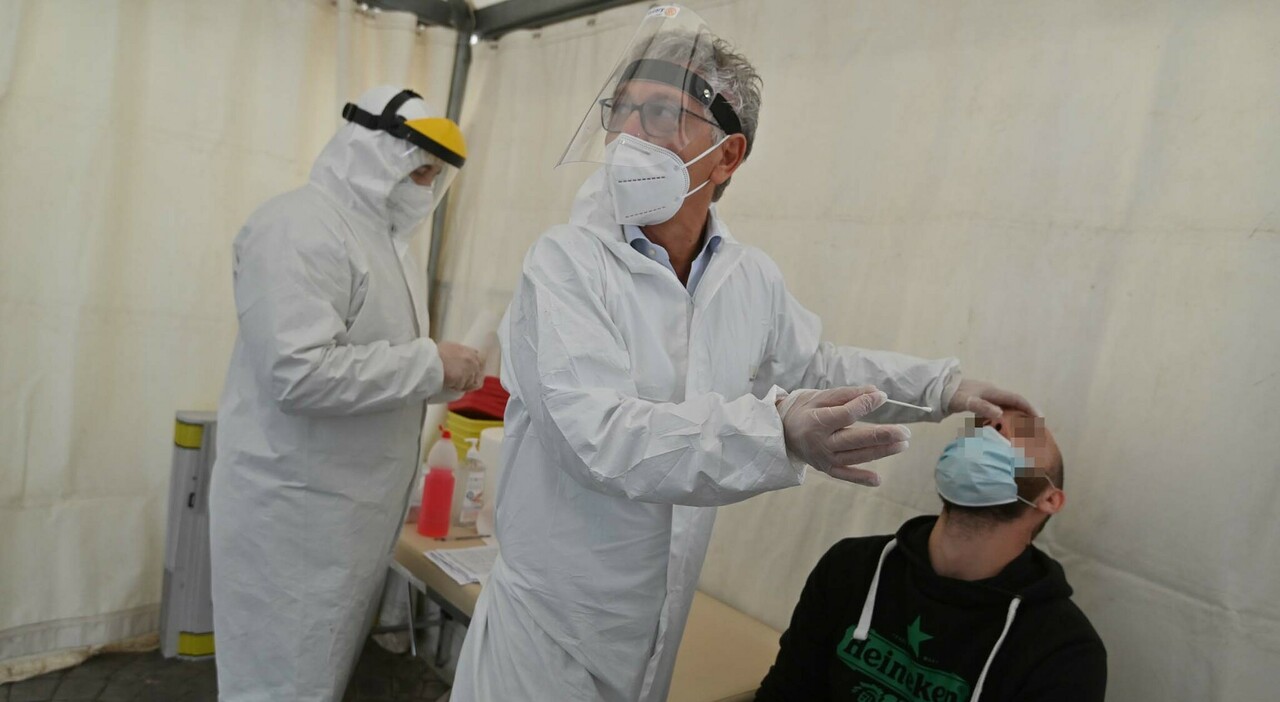There is an Australian study that would prove the origin of the virus that causes Covid infection. And which shows that it is a virus synthesized and then released from a laboratory. It was conducted and published by researchers from the University of New South Wales, Australia. It can be consulted in the journal ‘Risk Analysis’. The authors explain that i The results of their work indicate an “unnatural origin” of the virus as “more likely”. compared to “a natural origin”. The issue of what was the “spark” of the pandemic that has held the entire world in check in recent years has always been much debated.
INSIGHTS
The Covid virus did not pass through an animal: the intermediate host theory rejected
Over time, there have been investigations, reports from expert commissions and scientific publications aimed at solve the puzzle of the intermediate guest which, in the case of a natural origin, could have brought Sars-CoV-2 to humans. But there were also various works by scientists who raised doubts and hypothesized man’s manipulation of the virus and escape from the laboratory.
While most studies have focused on a zoonotic origin – the experts explain – this research examined the other side of the coin, an alternative prologue: the probability of an unnatural origin, that is, from a laboratory. The scientists used what they call “a well-established risk analysis tool” to differentiate natural epidemics from unnatural ones. This assessment tool is called modified Grunow-Finke (mGft) and the authors used it to study the origin of Covid.
Mers-Cov also has unnatural origins
But even before that, in a previous work, they had used this system to evaluate the origin of another coronavirus: Mers-CoV in Saudi Arabia (first author Xin Chen, one of the researchers who also worked on this scientific work on Covid). Even in the case of Mers the outcome of the analysis was “high probability of unnatural origin”. Returning to the study on Sars-CoV-2, “this risk assessment – the authors point out – cannot demonstrate the specific origin of Covid-19, but it shows that the possibility of a laboratory origin cannot be easily discarded”.
Natural epidemic or biological attack?
The mGft assessment tool was originally designed to distinguish between natural epidemics and deliberate biological attacks, the authors explain in the study. “In this case, we considered evidence of a natural or unnatural origin of Sars-CoV-2, focusing on accidents or laboratory ‘leaks’ as a source of potential unnatural origin.”
The mGft contains 11 criteria: biological risk, unusual strain, geographic distribution, environmental concentration, epidemic intensity, mode of transmission, time, unusually rapid spread, population limitation, clinical and special insights. Each criterion is assigned a value between 0 and 3 points (where 3 points are awarded to a situation where there is a clear indication or evidence), based on available evidence gathered from the literature and available data sources. The final score, the result of a series of operations, provides the probability that the epidemic is natural (if the score is less than 30) or unnatural (if it is equal to or greater than 30).
The elements taken into consideration are numerous and of various types. For example, reference is made to the fact that There is no definitive evidence on the animal that would have been the intermediate host of the virus. And, to give an example of how the points were assigned, in reference to criterion 1 – i.e. the existence of a biological risk – the experts assessed that some, but not all of the initial cases of pneumonia caused by Sars-CoV- 2 in Wuhan, China were connected to the local Huanan seafood market. The market in question was considered to be “just 8 miles away from the Wuhan Institute of Virology (WIV), which was conducting several research projects on the so-called ‘gain of function’” of viruses.
Then there is the fact that «laboratory accidents are common and it is possible that a worker accidentally infected within the laboratory could infect others in the community.” Taking this and much more information, criterion 1 was given 3 points. The final score obtained on Covid? «Using the modified Gft algorithm, the result shows a total of 41 points (68%) out of the 60 maximum, indicating that Sars-CoV-2 is more likely to come from an unnatural origin,” the authors conclude. To minimize subjectivity, each criterion was independently assessed by two researchers and reviewed by two experts. At the end of the comparison, all evaluators reached a consensus on the score of 100%.
© ALL RIGHTS RESERVED
